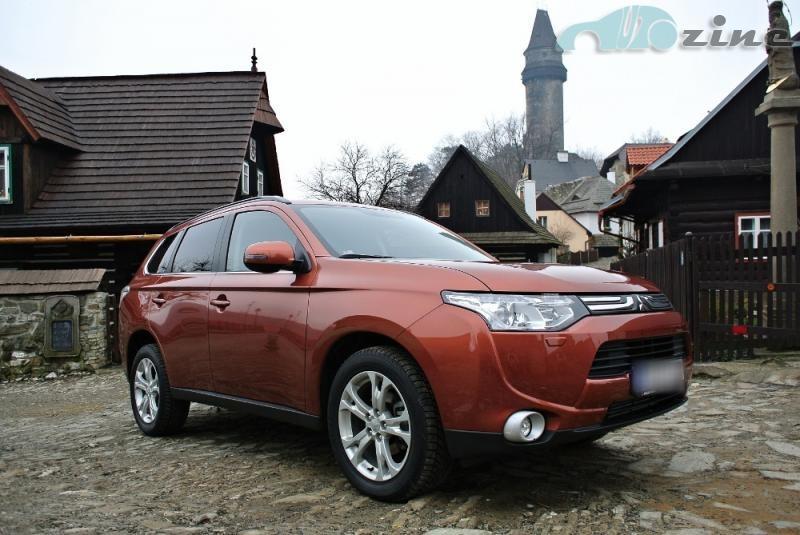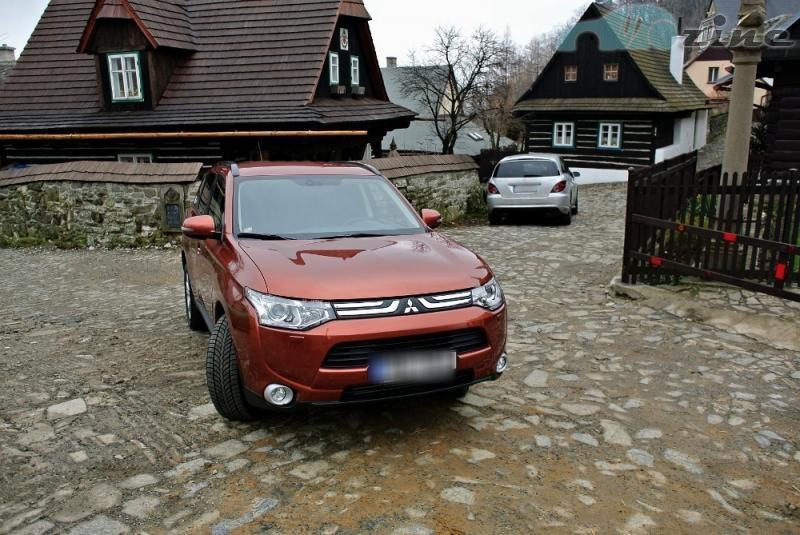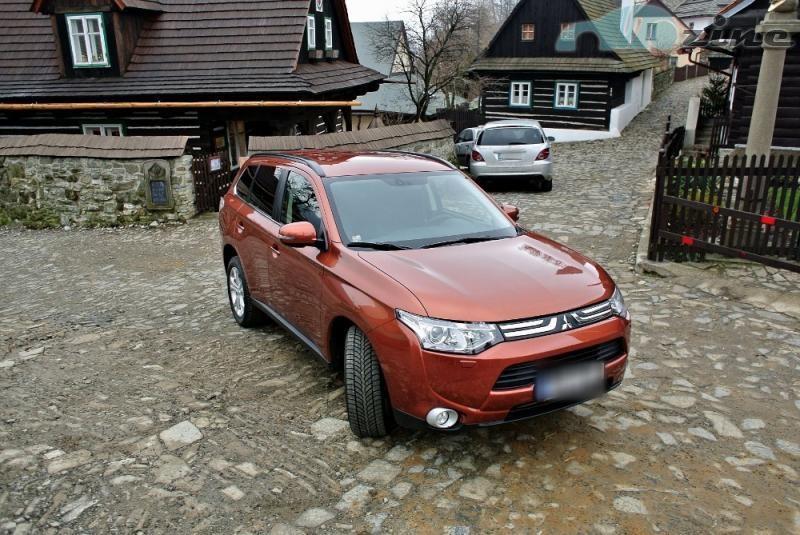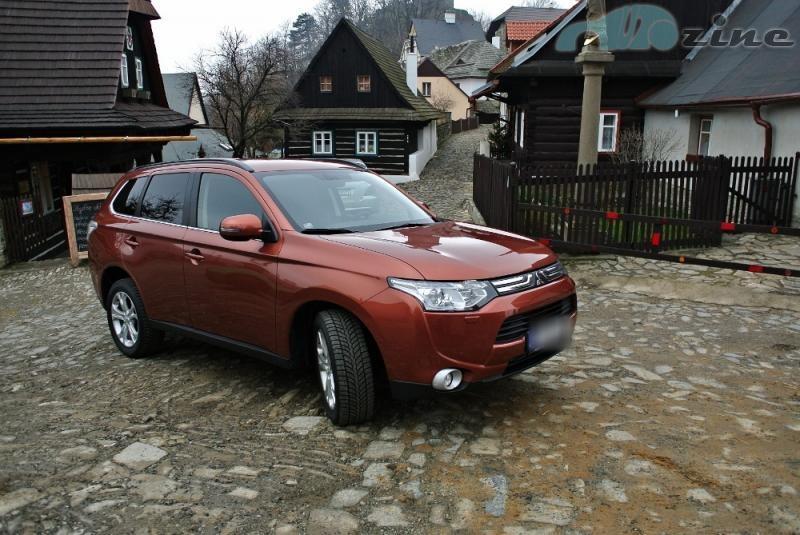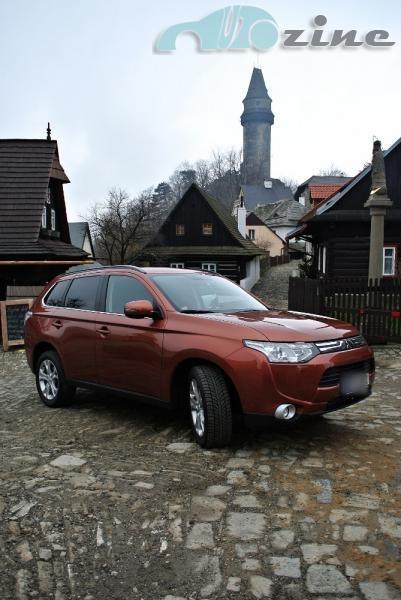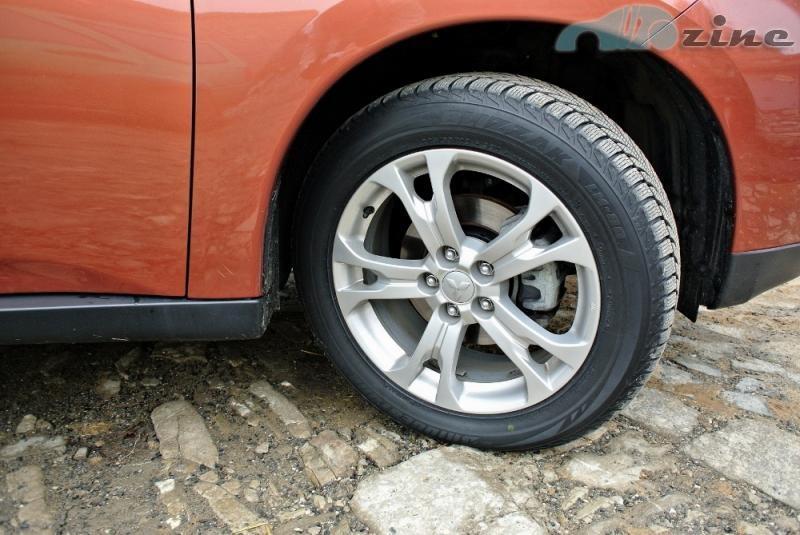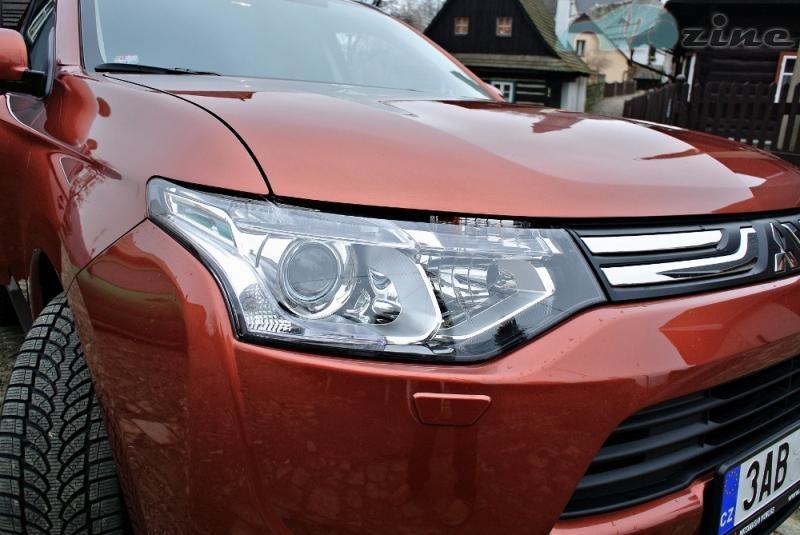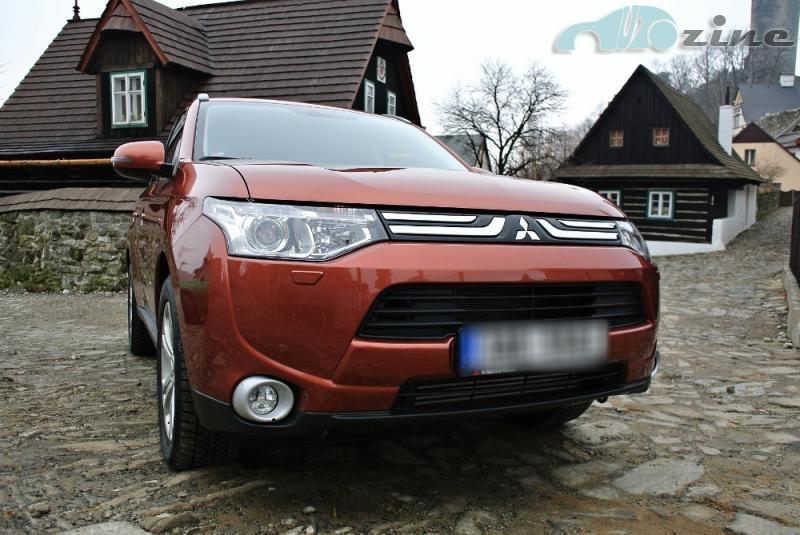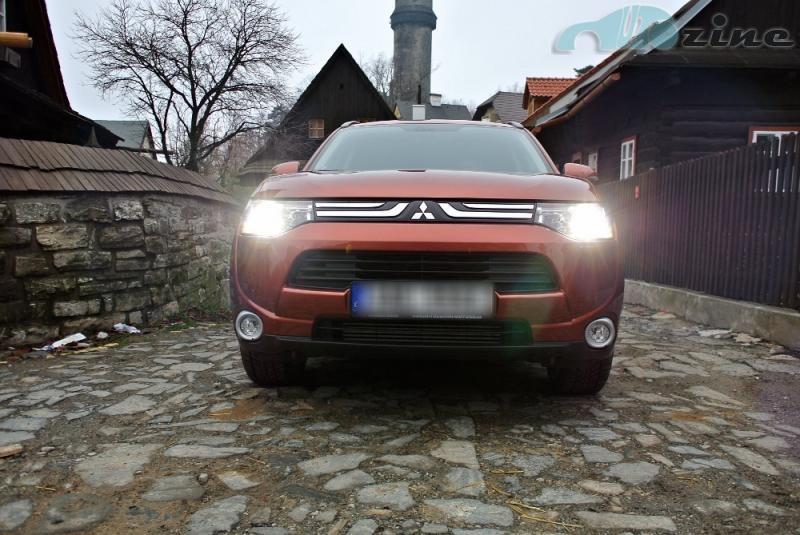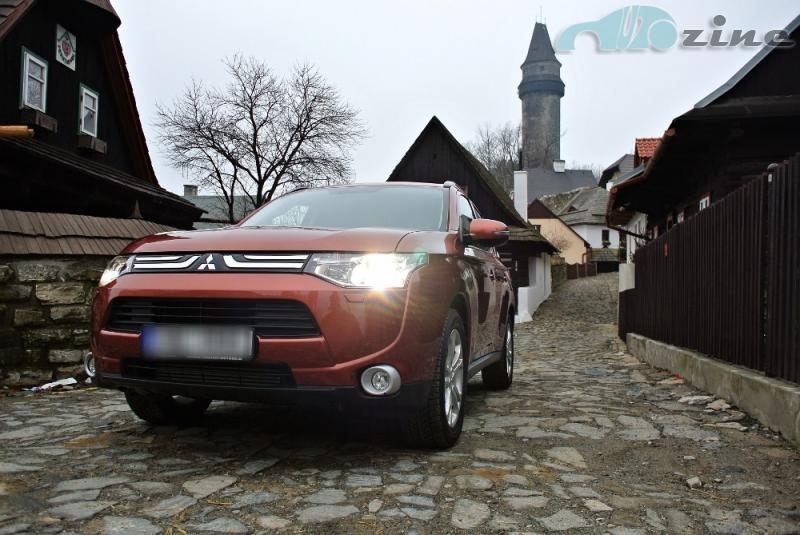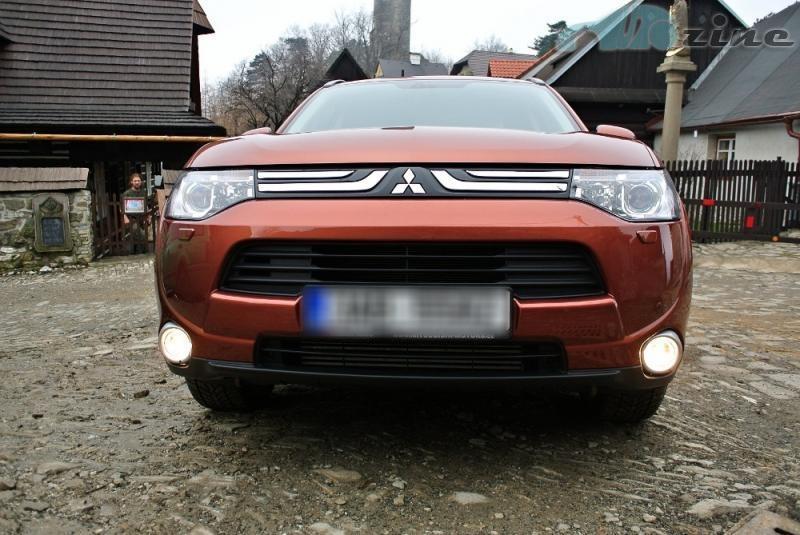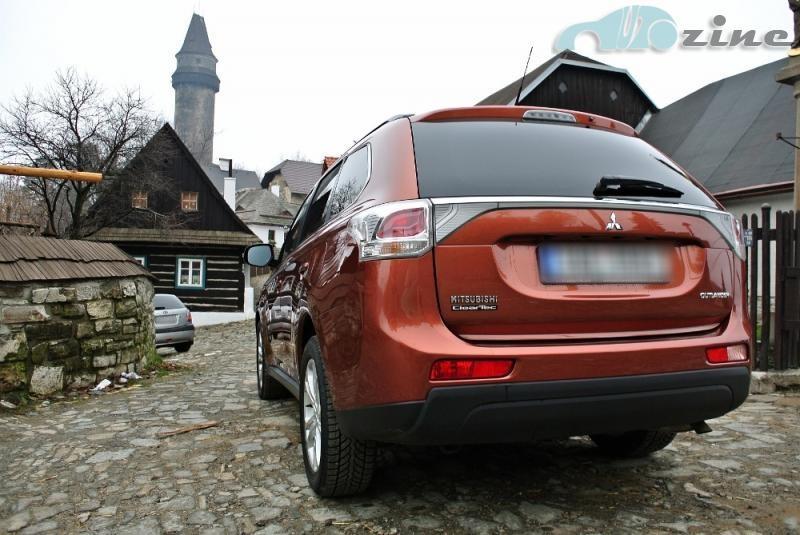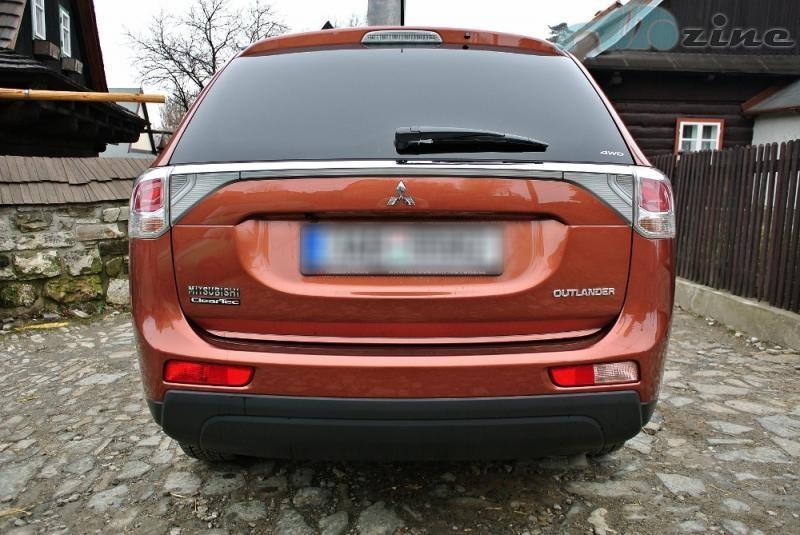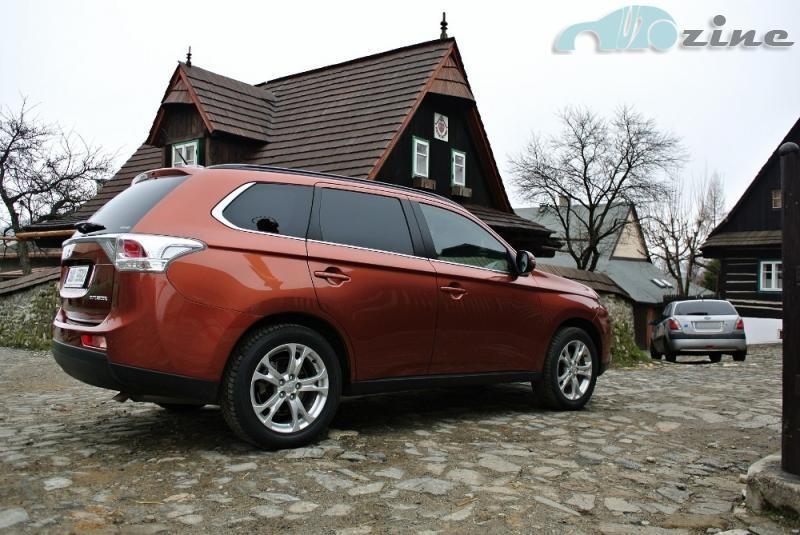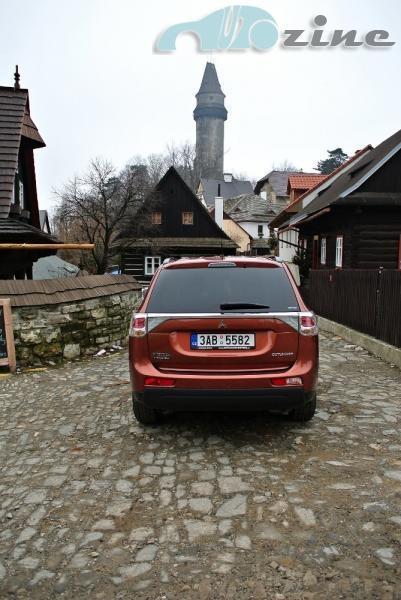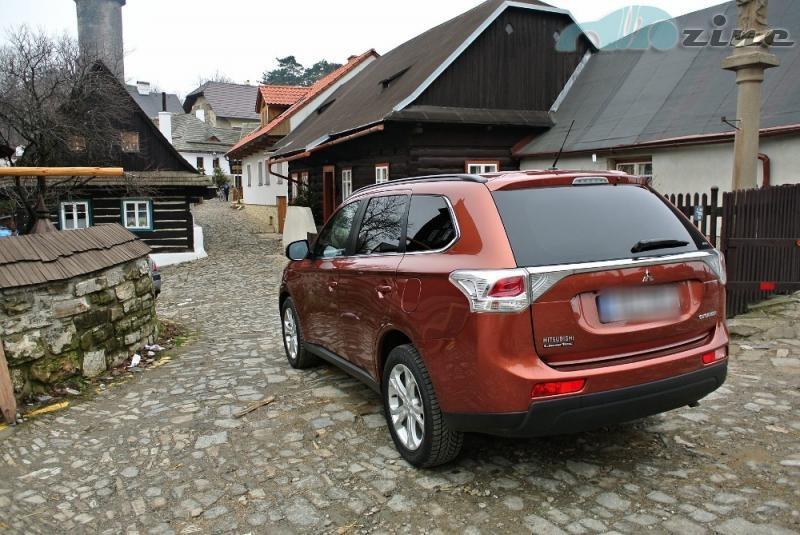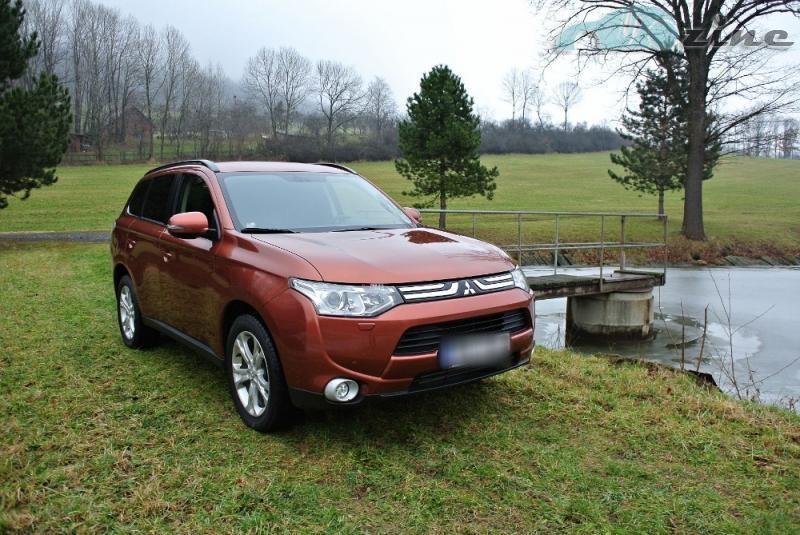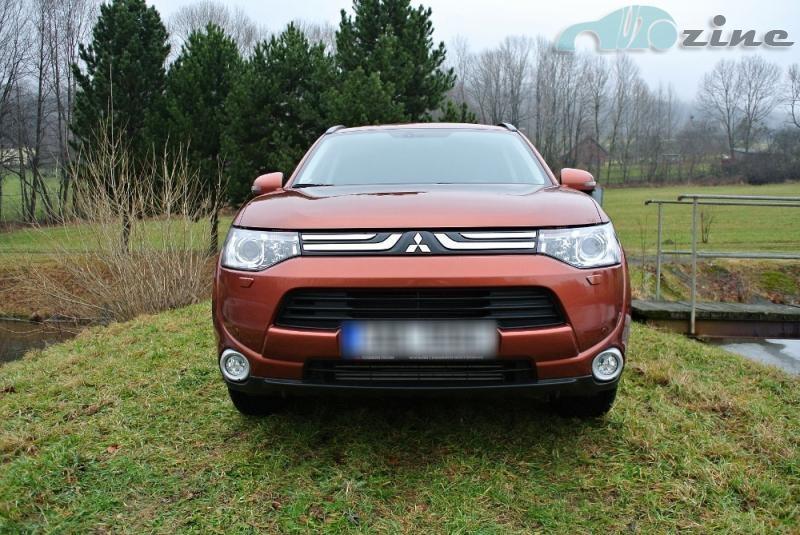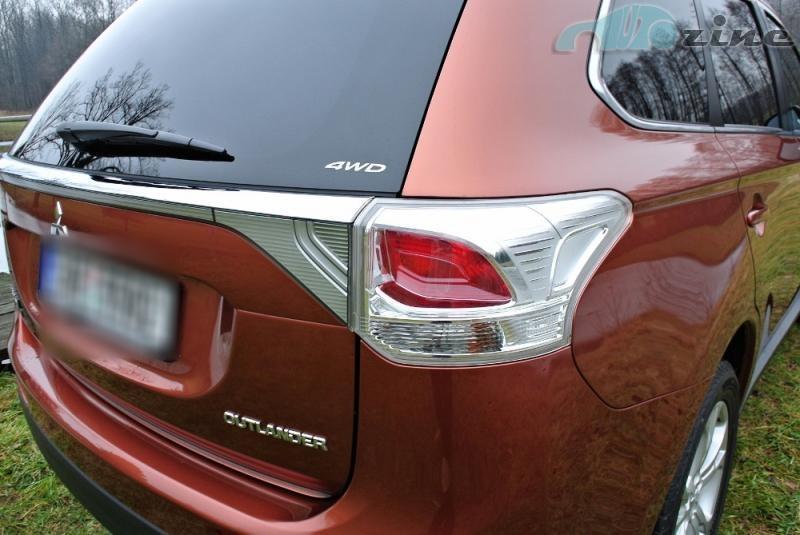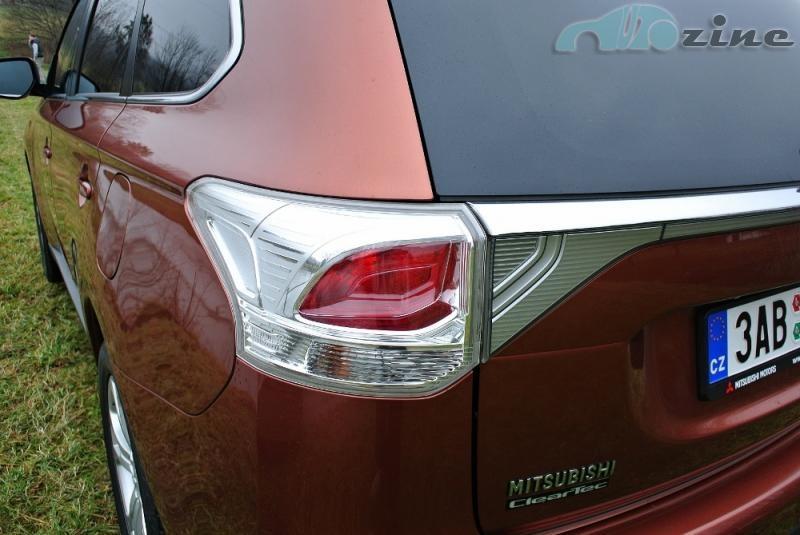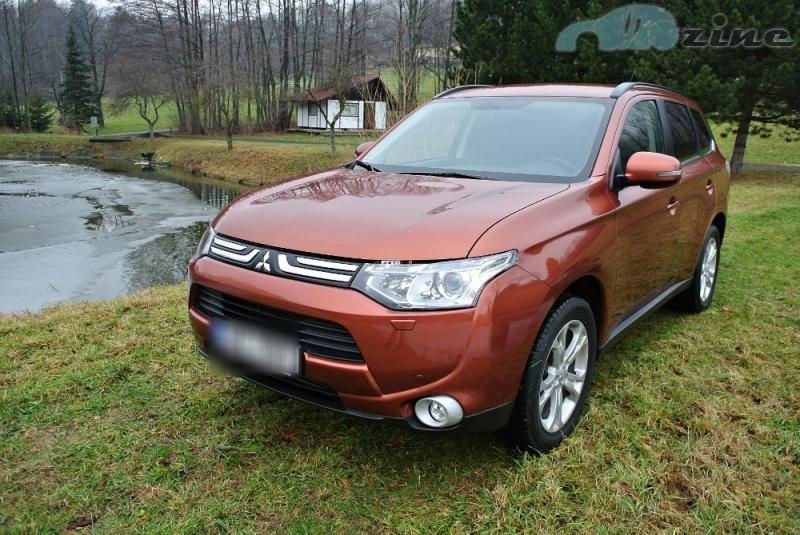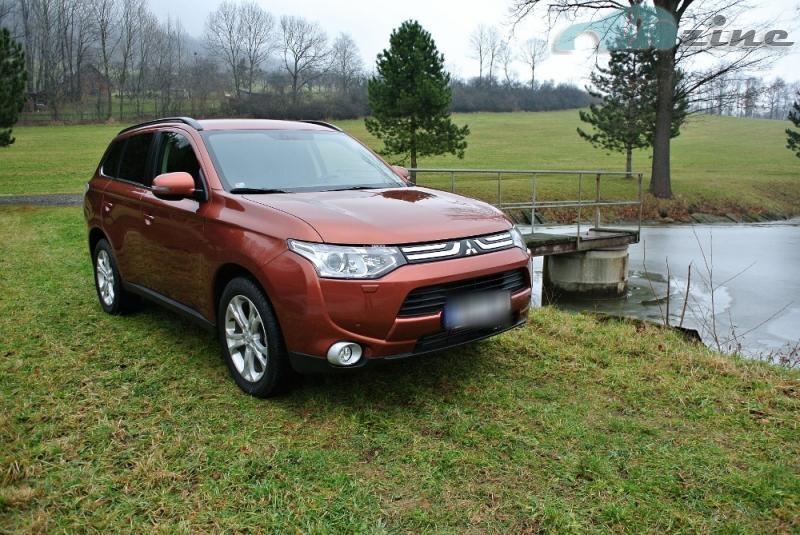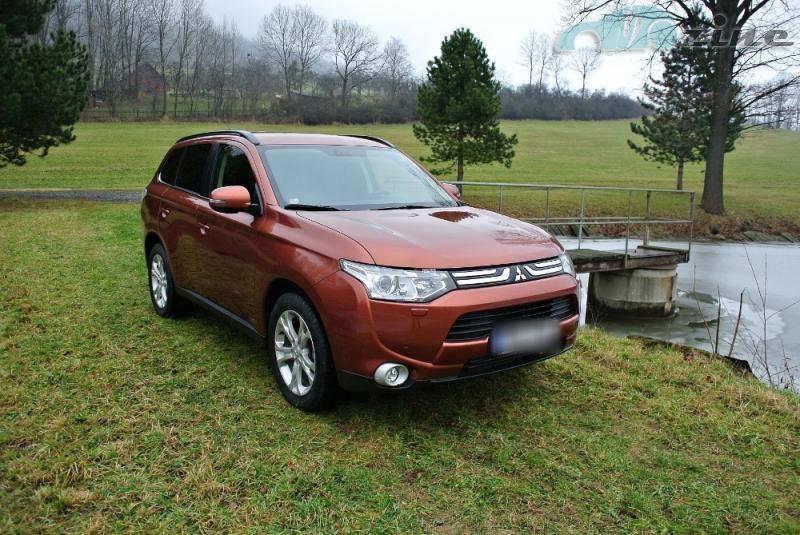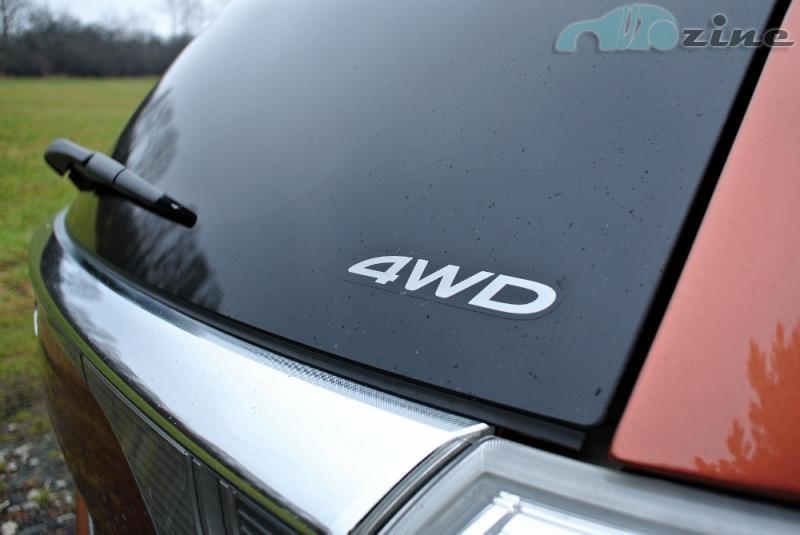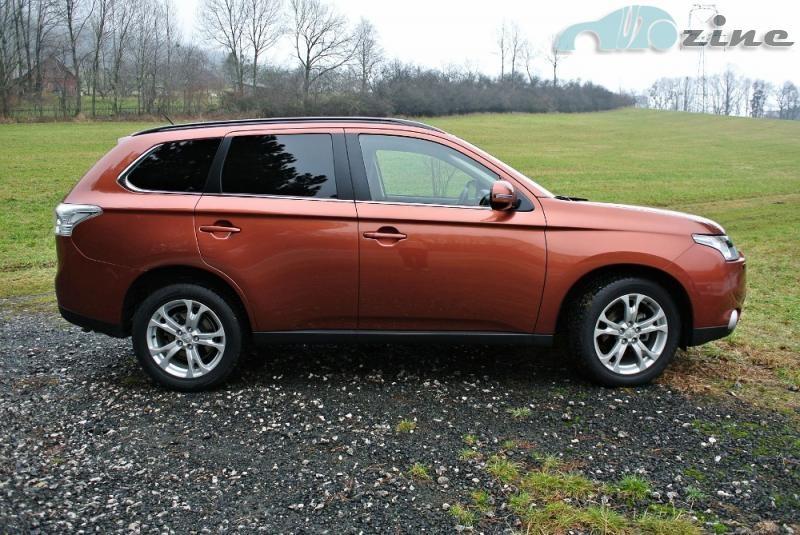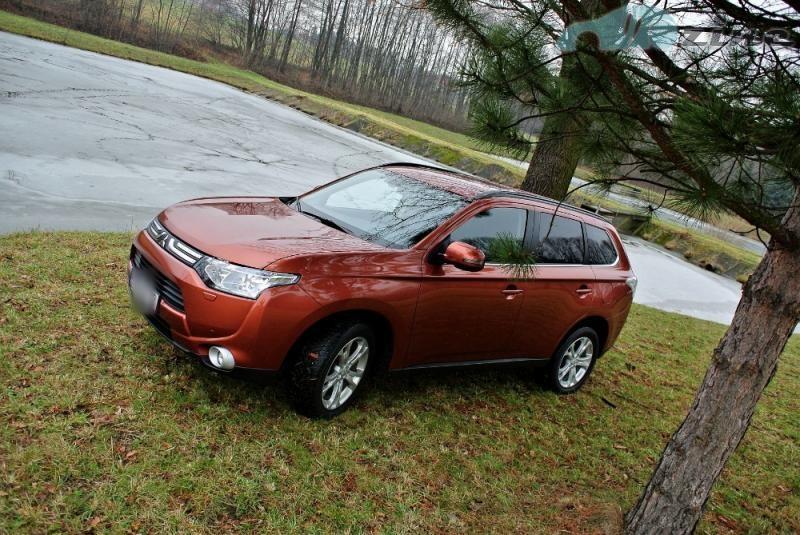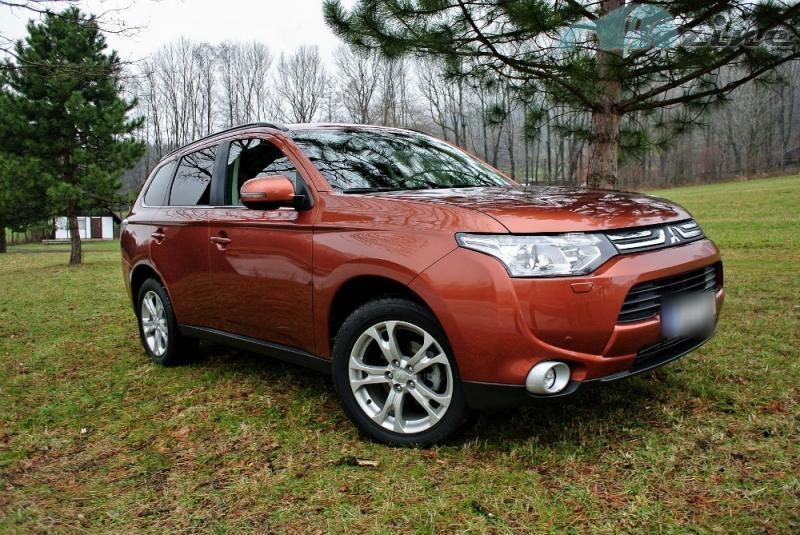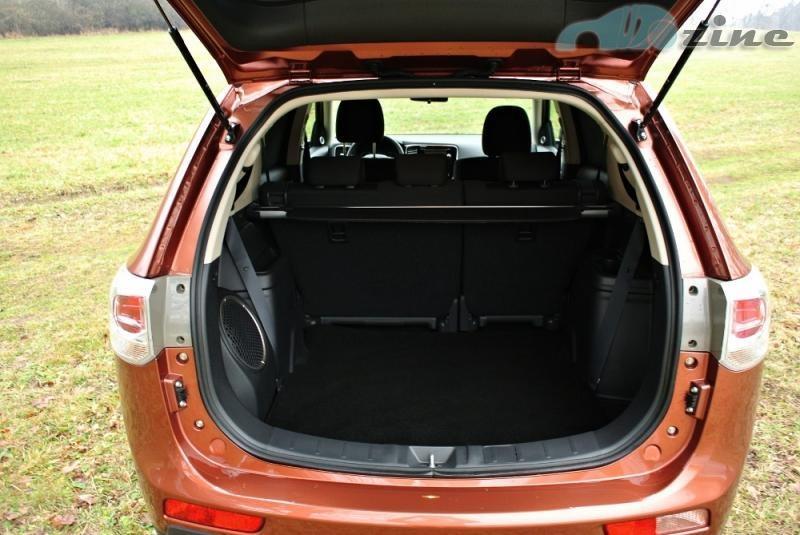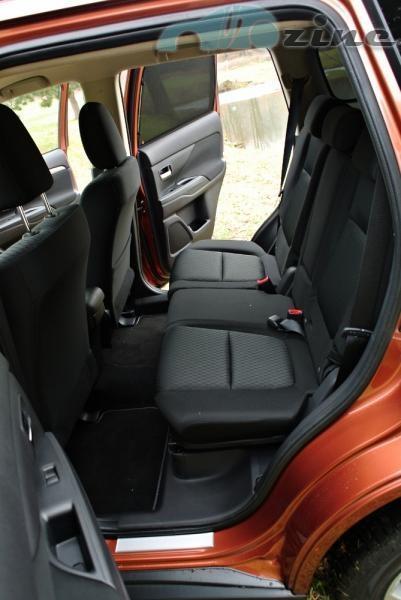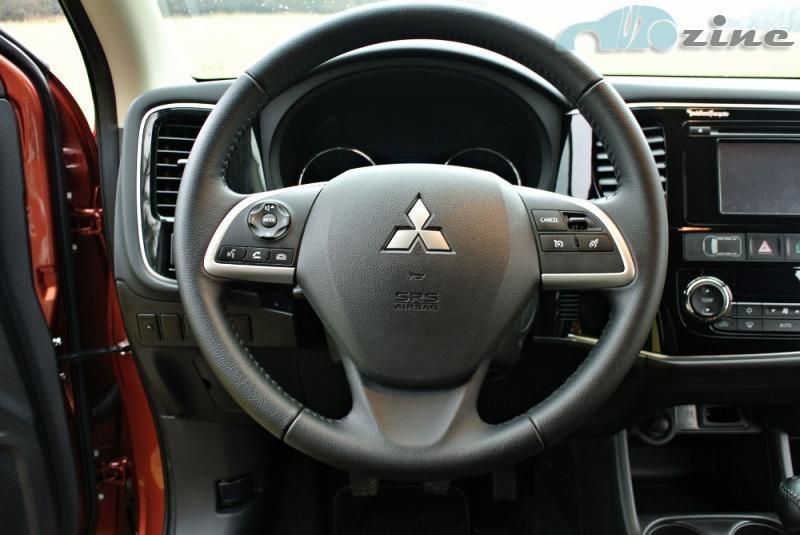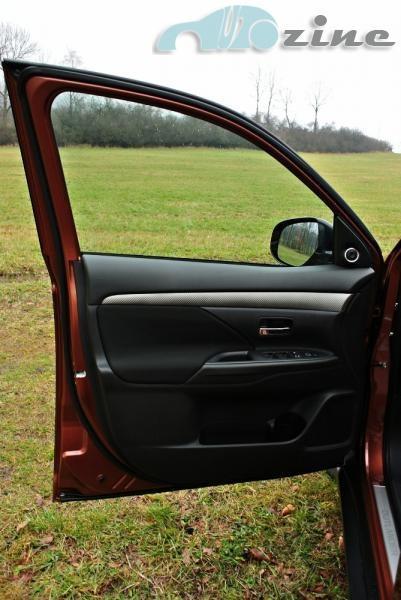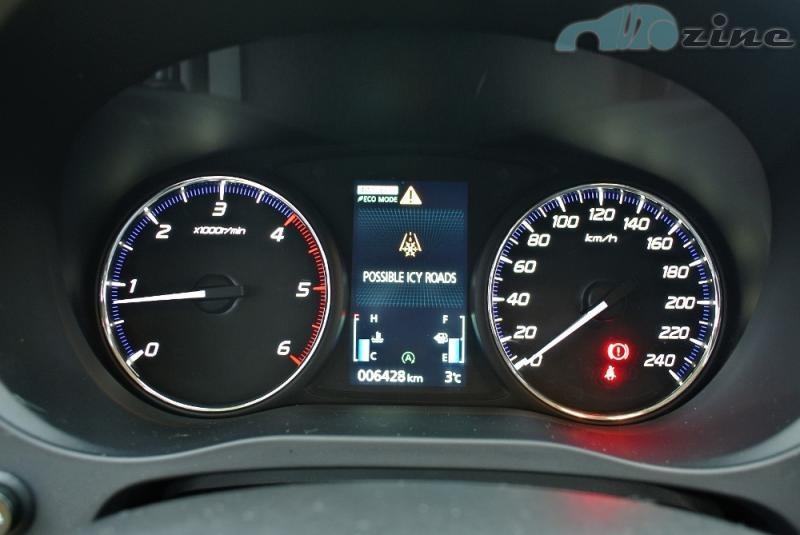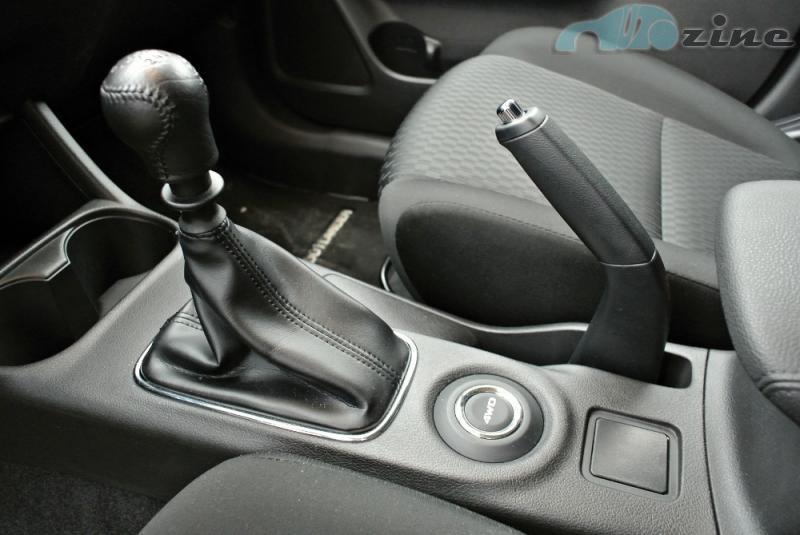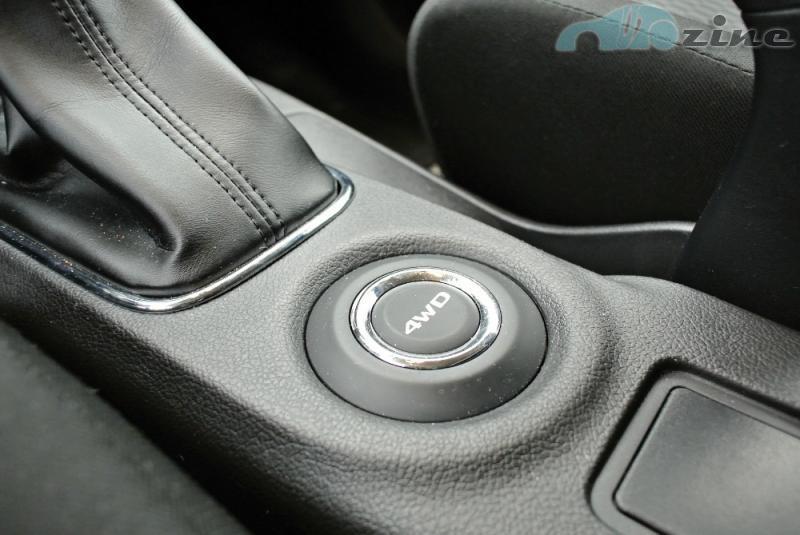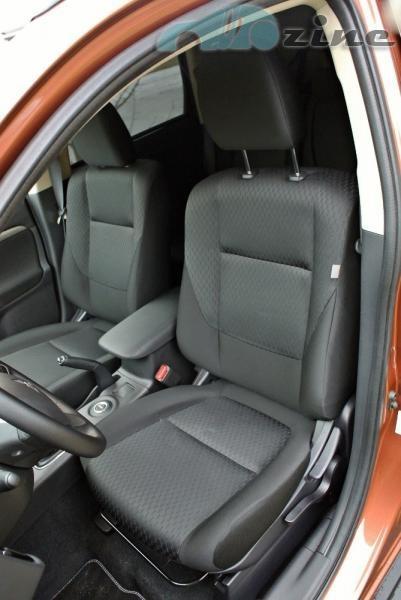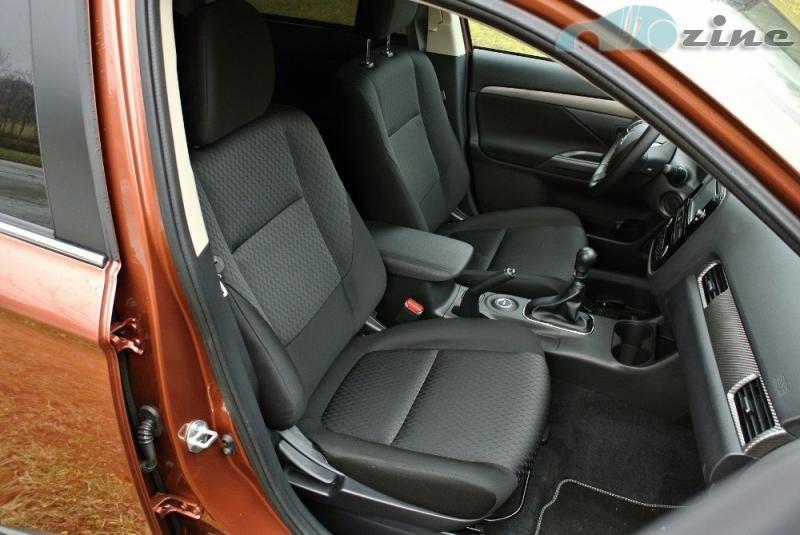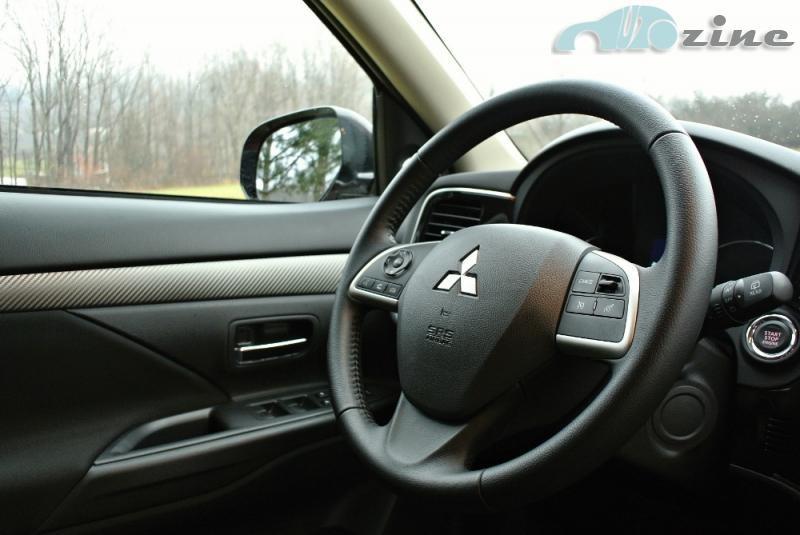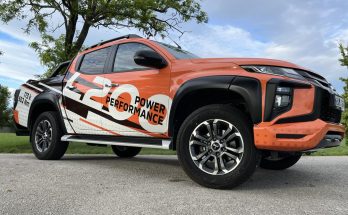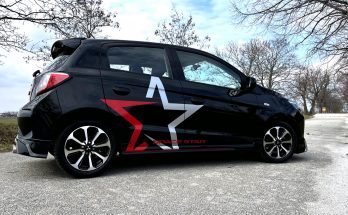It's rare for a car manufacturer to introduce the same car three times in ten years. However, this is not the case with the latest generation of the Japanese SUV Mitsubishi Outlander , which arrived at our editorial office as one of the most anticipated cars at the end of last year. We tested the version with a diesel " two-two ", a six-speed manual transmission and the Intense+ equipment level . Can he build on the success of his timeless predecessors?
Design
Evaluating the design of a car is a very subjective matter. However, we can all probably agree that the previous two generations of Outlander were definitely not among the nicest cars. The reason was considerable timelessness. However, there is a risk that the car will simply never catch up with the passing time.
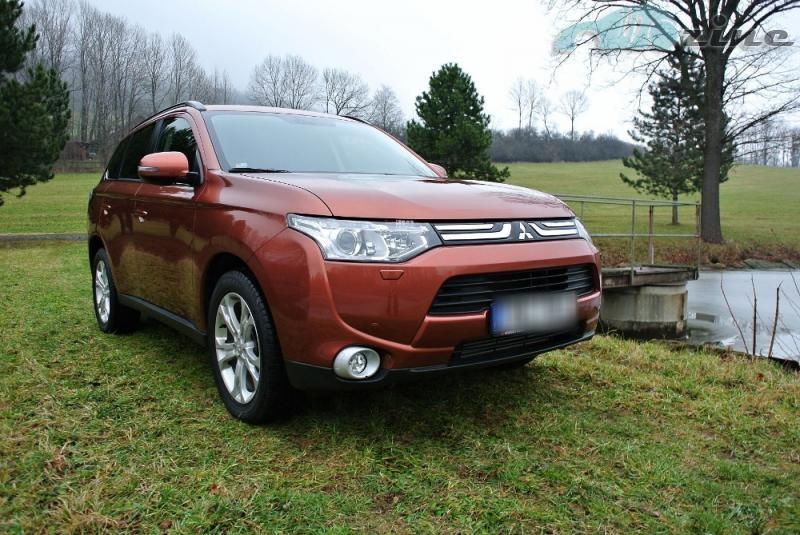
The new generation is much better off. It arrived on our roads in a slightly American concept, which greatly enlivens a market saturated with sterile compacts. The front and rear of the car are more reminiscent of a spaceship, the profile is classically conceived without the negatively inclined C-pillar of the body. The valuable impression is completed by the orange Copper paint and the intricately shaped 18" alloy wheels. Yes, that's exactly the combination we see Outlander in commercials, that's exactly how it looks best. The height, width and wheelbase are identical to the previous generation, the new car has lost 10 millimeters in length.
Interior
When I tested the previous generation Outlander last September, I was quite embarrassed by the interior. The austere design concept of the dashboard belongs to Japanese cars, but I was sorry for the shortcomings in the processing.
Mitsubishi has learned from past missteps and created an interior for the third generation Outlander to my taste. The high-placed center console is dominated by the car radio display and a small number of abnormally large buttons. A big advantage that you will appreciate when driving off-road. I can see a noticeable shift forward in the field of materials used. The glossy black plastics look good, as does the gray decor with a carbon fiber texture. The steering wheel deserves a thicker wreath. I praise the wide range of its height and longitudinal adjustment.
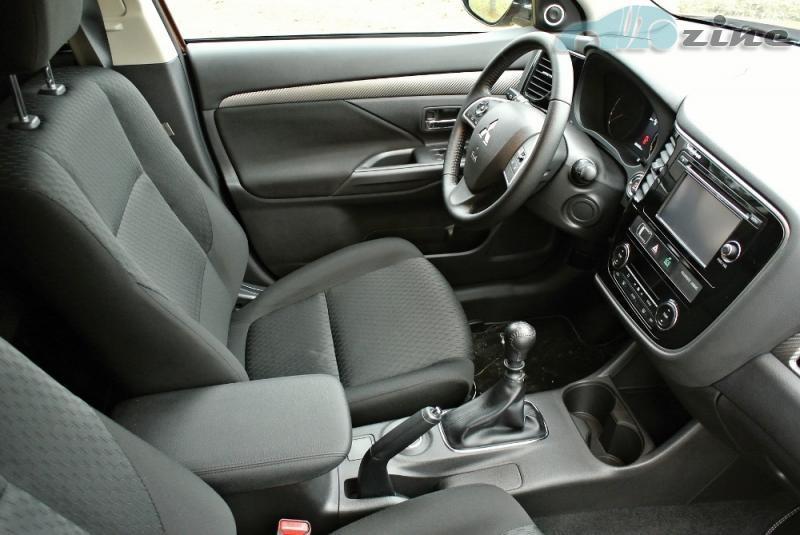
Mitsubishi Outlander has never suffered from a lack of interior space. After all, as one of the few SUVs on our market, it offers a third row of seats, i.e. the possibility of transporting up to 7 passengers . However, if you look in the list of accessories, you will come across an item called "Boot Expansion Kit". The tested piece was also equipped with it, and in practice it means an increase in volume by 190 liters at the expense of the third row of seats. However, the variability of the interior is preserved thanks to the sliding rear seats, after which you get a volume of up to 1022 liters .
Engine
Under the hood of the new generation of the Mitsubishi Outlander, either a 2.0 MIVEC four-cylinder gasoline engine or a 2.2 DI-D diesel unit can appear. As I indicated at the beginning, the diesel alternative is a case of a tested piece.
The four-cylinder heart with common rail direct fuel injection meets the EURO 5 emission standard. The maximum output of 110 kW peaks at 3,500 rpm, the massive torque of 380 Nm is available between 1,750 and 2,500 rpm. In practice, this means that it makes no sense to drive the revs into the red zone, which has a positive effect on fuel consumption. Although I did not manage to achieve the average value of 5.4 l/100 km indicated by the manufacturer, I still consider a real increase of one liter to be an excellent result!
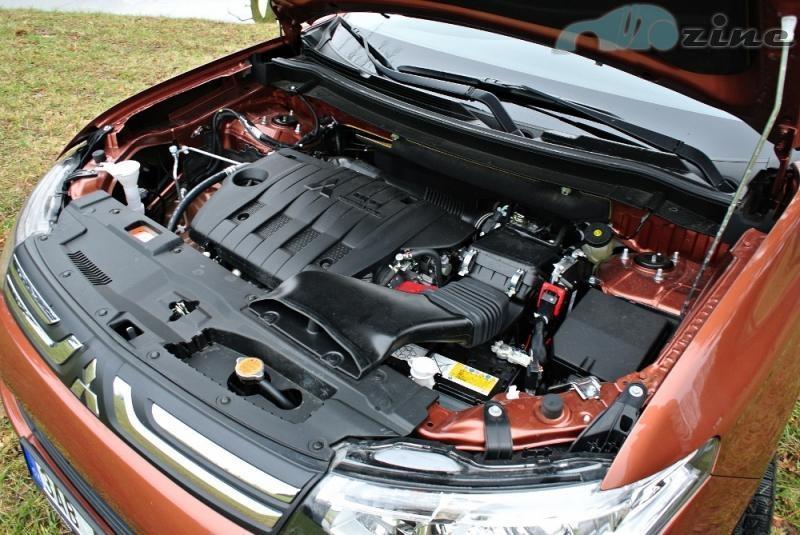
The tested version worked with a manual six-speed gearbox, but the offer also includes an automatic. The long shift lever moves with precision in the scenery, only the leather-studded head looks like it came from the 90s.
The economical and refined engine is seconded by the sophisticated Multi-Select all-wheel drive with the 4WD ECO function. Under normal traction conditions, only the front wheels are driven, if necessary, the wheels of the rear axle are connected via an electromagnetic inter-axle clutch. At the same time, the connection of the rear wheels is not only determined by the engine speed, but also by the engaged gear, turning the steering wheel or the direction of movement of the car. However, those who would like to make the car's work easier can activate the 4WD Lock mode, which distributes the torque between the axles in a 50:50 ratio. In this mode, the Outlander is only limited by a ground clearance of 190 millimeters and approach angles of 22.5°.
Drive
The privilege of higher equipment is comfortable keyless access to the car and push-button start. Driving the Outlander is at a high level for its class. Although the electronic power steering is sometimes too pliable at low speeds, maneuvering in the city with a large car is made easier thanks to this.
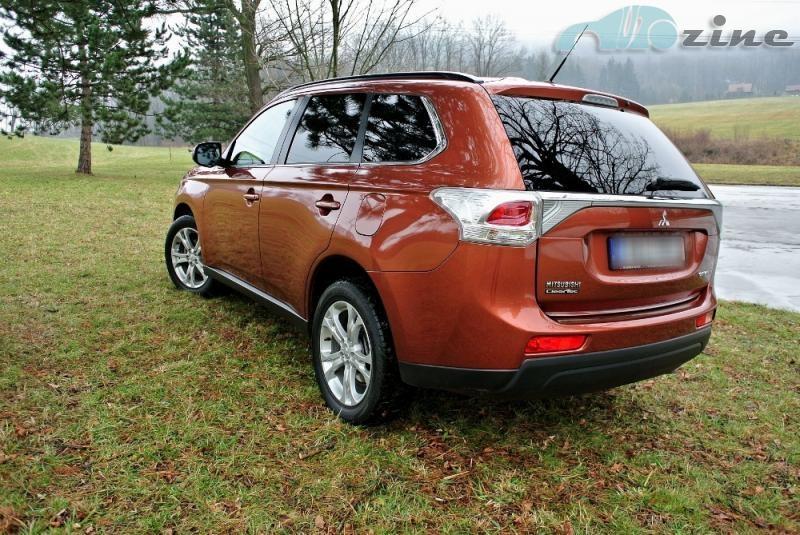
Motorway traffic does not tire the car or passengers. The chassis is able to filter the surface of the oldest Czech tank track very fiercely and in most cases does not allow itself to transmit shocks to the body or steering wheel. It's the same on county roads, where I was satisfied with not too much body lean in corners and high limits before transitioning to understeer.
Off-road, the Outlander can only be rivaled among SUVs by the Subaru Forester with symmetrical all-wheel drive. The inter-axle clutch reacts to changes in traction conditions very promptly, but for personal safety, I always switched to 4WD Lock mode. A relatively light car with enough torque then manages steep climbs, muddy fields and is not stopped even by deep ruts.
Conclusion
The third-generation Mitsubishi Outlander entered the Czech market and immediately won many fans. Undoubtedly, this is a car that will proudly continue the success of its predecessors and significantly contribute to the further growth of the Mitsubishi car company.
The main advantages include the refined and economical 2.2 DI-D engine , sophisticated all-wheel drive, large interior space, excellent design and quality workmanship. But you pay for everything, and in the case of the tested version, it's not enough. If I take into account only the five-seat interior, strong competition is looming not only from Japanese (Honda CR-V, Mazda CX-5 ) but also from Korean automakers. However, which car to choose in the end is up to the individual.
Price of a specific car: 889 057 CZK
Pros:
– economical and refined engine
– inner space
– drive ability
– great design
– processing quality
– reliable all-wheel drive
– performance in the field
Cons:
– higher basic price
– occasional skipping of the radio


